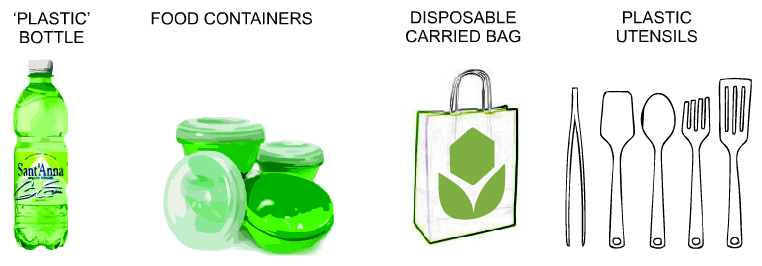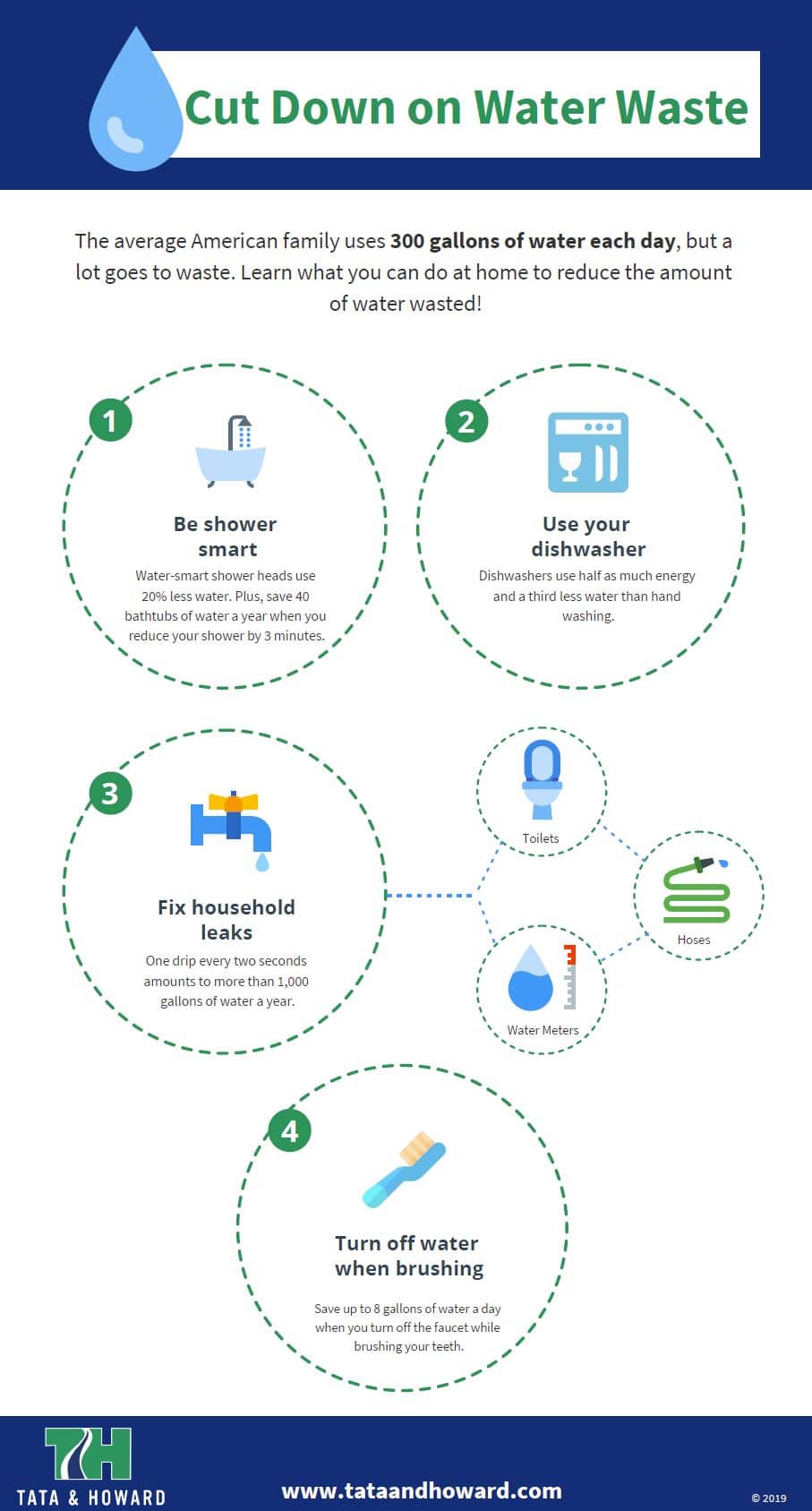Zero Waste Home and 10 tips to achieve it
Zero Waste Home encourages the ideas and practices that leads to minimal waste production from each home. Zero waste living not helps in protecting in the environment but it also improves health and saves money. Refuse, Reuse, Reduce and Recycle are the main keys to achieve Zero waste Home.
10 tips to Create a Zero Waste Home
1.Avoid plastics
Try to replace plastic and synthetic products. Accompany a paper bag while you go for shopping. Buy reusable jars and glass or steel utensils for the kitchen. Replace plastic spoons and bring new alternatives to home. There are a wide variety of brands that promote the bio-degradable products. Choose these products.

2. Compost your waste
Biogas plant or a waste compost can be implemented for composting the vegetable and food waste produced in the kitchen. This helps in reducing the kitchen waste produced. Hence it also provides a means for replacing chemical fertilizers in our homes.

3. Buy only the necessary
While shopping, make sure you buy only the necessary items. Prepare only the required amount of food. Always go for bulk shopping this saves time and money. Be cautious about what you buy and what you need.
4. Disposal of e-waste
Toxic compounds naturally leak from the metals inside e-waste when it is buried, making it particularly harmful. Hence the proper disposal of e-waste is important. Segregate the damaged gadgets and do not dispose it with other wastes. Try to return it to the manufacturing company or dispose at it at the rightful dustbin. There are industries that create new gadgets from recycling new. So help them by rightfully recycling our e-waste.

5. Go for thrift stores
Thrift shopping is environmentally friendly. They frequently donate to local charities. When you buy anything, the money goes to the community or a good cause. It lowers carbon emissions and effects of pollution. With less money, we can buy more clothes. Helps in tackling fast fashion. You can also try to wear the same clothes in different ways to change your look.

6. Buy things with long shelf life
Do not buy items that have short shelf life. They have high tendency to turn out to be wasted quickly. Avoid shopping oversized packets and make a wise choice in the expiry date of the products you buy. Make sure your home does not contain stocks of food while you travel. Make sure you keep your shelves clean.
7. Reduce water consumption
Rainwater harvesting can be adopted to reuse rainwater. Go for eco-friendly washing techniques that uses minimal water. Use drop-irrigation techniques and other irrigation techniques that uses minimum water for gardening and farming. Collect waste water from kitchen and bathroom and use it for irrigation and other purposes. Use water wisely.

8. Donate things to the needy
Other than disposing your old clothes, furniture, books etc. donate it to the charity or second-hand stores. This helps in supporting thrift stores and reusable culture. It also minimizes the waste in your homes.
9. Use a wooden toothbrush
Wooden toothbrush are bio-degradable and eco-friendly. They also provide a natural flux. The soft bristles are gentle to the enamel and gums. They are more safe for kids and adults than plastic toothbrush.

Eco-Friendly Bamboo Toothbrush from Terrabrush
Click to read
10. Smart and eco-friendly cleaning
Try to buy detergents in bulk and reuse the water for cleaning floors. Try to avoid air fresheners and go for open windows. Reduce the number of clothes you iron and this reduces energy consumption. Try to avoid plastic equipment for cleaning and go for steel or wooden brooms. You can reuse your old toothbrush for cleaning etc.


